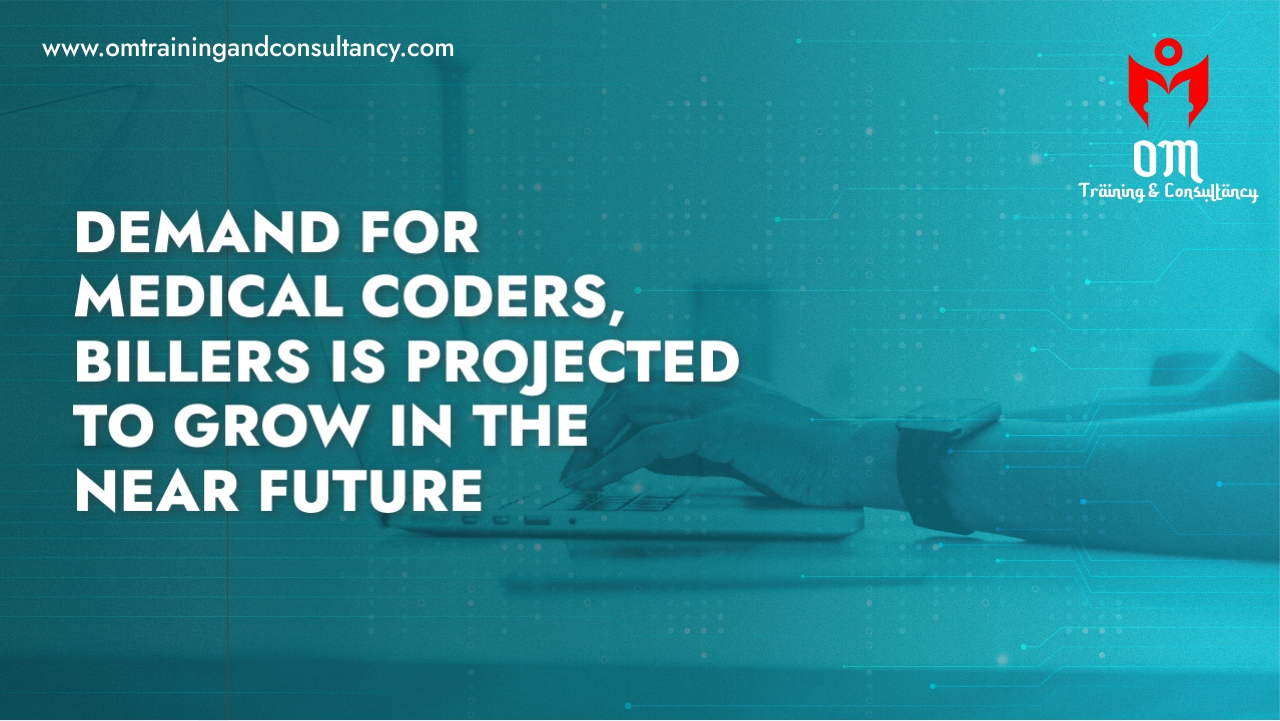Medical coding and billing is a broad term for the job of translating patients, medical records into standardized sets of codes. The symptoms or disease a patient has when he/she arrived, details about their doctor, and any drugs or medical devices prescribed are all part of the patient’s record. Billing specialists send coded bills to insurers, answer questions from insurers to sometimes appeal denied claims as well. Translation of patient records into coded documents, as the large volume of codes indicates, may be sluggish and mind-numbing, but it is essential in the complex medical system. The codes are used by insurance providers to pay the different parties involved.
In the current post pandemic scenario, we have witnessed that some jobs have strived while others were losing them. Medical coders and billers were in high demand long before the coronavirus havoc, and demand has only increased dramatically since then. The coding and billing area employed 341,600 people in 2019, the most recent year for which full data is available from The Bureau of Labor Statistics.
The survey association also estimated that demand for medical billing and coding specialists to rise by 8% from 2019 to 2029 – which is much faster than the average growth. Artificial intelligence isn’t meant to replace coders as a medical coding solution; rather, it’s meant to help them code more effectively and efficiently
It is evidently predicted that the industry will recover and then rebound in the next year or two. BLS reports in a Nov. 6, 2020, Economic News Release that healthcare employment increased by 58,000 in October 2020. The largest gains occurred in hospitals (+16,000), physicians’ offices (+14,000), dentists’ offices (+11,000), and outpatient care centers (+10,000).
Let’s have a glimpse over future rolls for medical coders
- Health system mergers – Physicians and hospitals are continuing to combine into health systems for a variety of reasons; however, these mergers do not eliminate the need for medical coders. We don’t think the number of visits declines as a result of health system mergers and acquisitions because providers will continue to see patients.
- Value-based payment – CCDS seems to be tying increasing healthcare reimbursement costs to performance—that is, a physician’s ability to deliver quality treatment at a lower cost. The Centers for Medicare & Medicaid Services (CMS) will continue to add and revise these programs
- Patient-centered care – Since, the rising cost of health insurance, healthcare sector is becoming more consumer-driven as costs rise and more people opt for high-deductible plans. This concludes the importance of the overall patient experience, which is why demand falls on the whole practice from the initial touch to a payment claim.
Medical coding in upcoming years:
- COVID-19 has forever altered the way health-care providers provide care and receive fees. The pandemic, on the other hand has lead to the introduction of new healthcare system that is controlled by a hyper-connected, community-sourced, and digitally powered healthcare system.
- In comparison to previous years, telemedicine or medicine app adoptions have allowed healthcare organizations to better respond to the pandemic’s effects. However, healthcare providers need to mold themselves in using these methods for adapting these modern day solutions for a smooth and load-free functioning.
- In the initiative against Covid management, health-care providers must extend their ambulatory and home-care capacities in order to optimize the advantages of hospitals without walls. One of the major factors driving financial stability post-pandemic would be digitally powered next-generation patient involvement.
